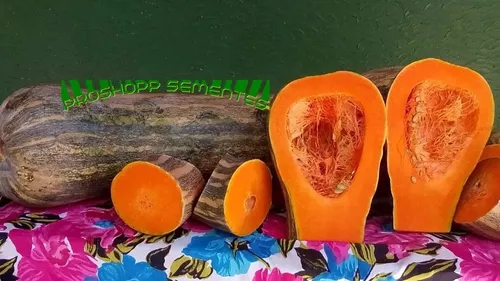When I was traveling the world I always learned about new food, then when back home I’d try to recreate it and invite friends and family who have no possibility to travel to taste it.
Now I haven’t had the possibility to travel to new places for the last couple of years, but I wonder if you guys have some tips what I could try to make. Something not too complicated but to some extend exotic.
My tip would be the the Sabich which I tried in Jerusalem in 2019. A flatbread with eggplant, egg, other vegetables and sauces. Sweet and savory.


Okay… I don’t consider this exotic (unlike pumpkin pies), but you probably do so here’s how to prepare candied squash/pumpkin.
Ingredients:
Notes:
* traditionally this sweet is made with this sort of squash, known in Portuguese as “abóbora menina”:

You can use pretty much any sweeter variety of squash though. Kabocha, pumpkin, buttercup etc.
** using quicklime on food might sound weird, but it’s fairly common across the world. For example they use it in North America to nixtamalise maize, and in China for century eggs. I don’t think that you’ll have a hard time finding it in Korea.
Pumpkin pie is exotic?!?
Exotic is relative, that’s the point.
An American colleague brought a homemade pumpkin pie in to the office once. I legit thought it was a cheesecake until she said otherwise.
How? They taste nothing alike and have completely different consistency.
If someone offers you free cheesecake, you don’t go telling them they made it wrong.
What does the quicklime do? Does it change the texture of the squash?
It creates an outer “skin” that keeps the candied cubes firm and whole, and has a rather interesting texture, that contrasts with the creamier inside. Without the quicklime you end with a spreadable jam instead.
That’s really interesting! I wonder if there are any savory applications.
Bavarian soft pretzels. It is what gives the dark color and firmness to the exterior.
It gelatinizes the surface starch, and by raising the pH level it lowers the temperture at which Maillard reactions occur.
Bagels are similar but generally use baking soda instead for the bath. It is less alkaline.
Someone else mentioned nixtamalizing corn. But that actually serves quite a few purposes. Still savory though.
None that I’m aware of, but I guess that the same process could be theoretically used for vegs before roasting or deep-frying them? For example, potato fries.
Speaking on fries, deep-fried yucca is delicious and probably exotic for the OP. Easy, but a bit laborious, as you need to boil them before deep-frying. “Recipe”: